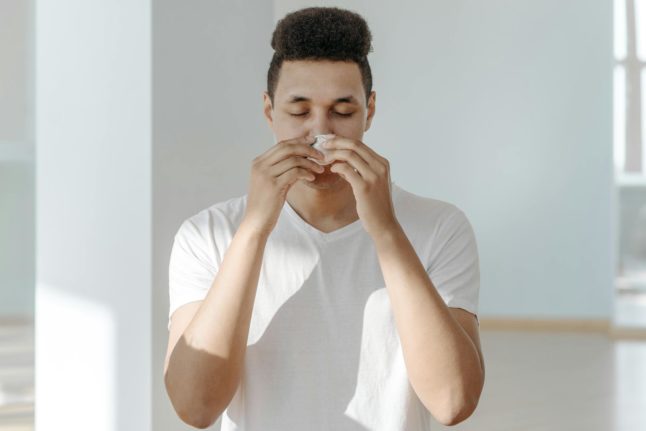ENVIRONMENT
Sixty pesticides in Austrian rivers
Austria's famously beautiful rivers - including the blue Danube - may not be as clean as they appear.
Published: 4 June 2014 11:10 CEST

Danube. Photo: APA
A total of 60 different pesticides have been discovered in Austria's flowing water, according to the environment NGO Global 2000. In a presentation on Tuesday, the NGO said that chemicals were found in 22 of 42 randomly-inspected rivers.
Fifteen of the discovered pesticides were chemicals with hormonal effects, which were associated with deformities in fish and amphibians.
The worst contamination was in areas with strong agriculture, predominantly in east Austria.
Deputy head of the environment office (Umweltbundesamt, UBA), Karl Kienzl, said that according to current knowledge the concentration levels of the chemicals did not pose a health hazard for people.
But "more and more chemicals are getting into the environment," he said, and warned that the possible long-term toxic effects were not yet clear.
Url copied to clipboard!



 Please whitelist us to continue reading.
Please whitelist us to continue reading.
Member comments